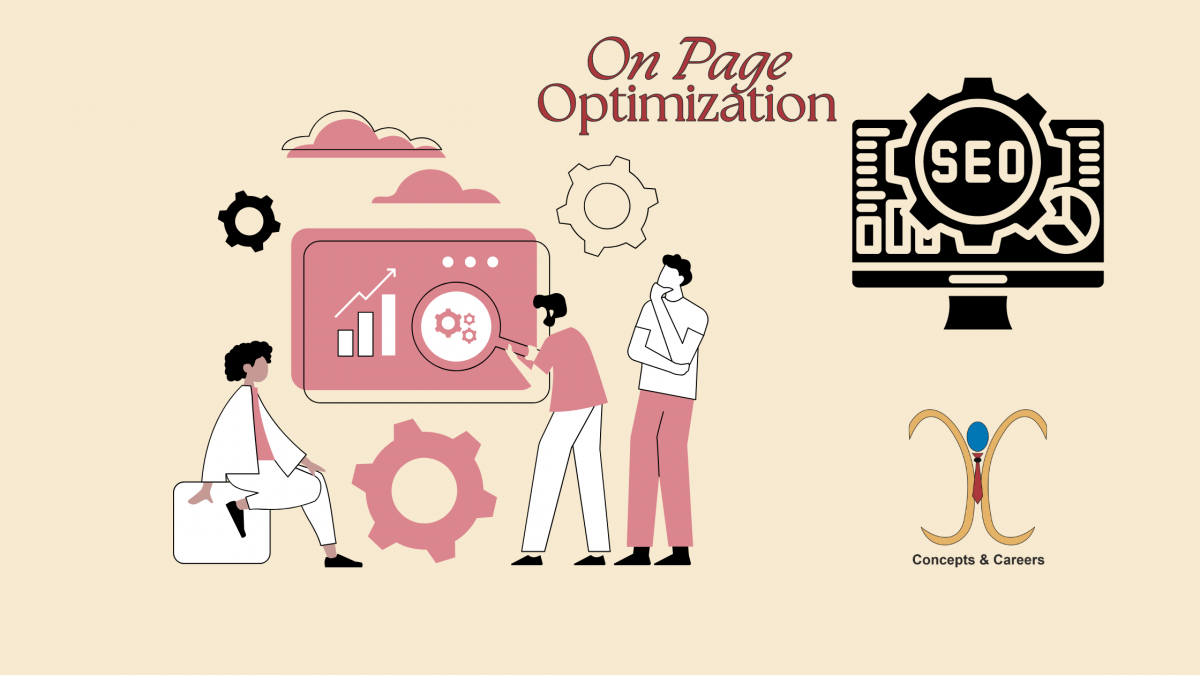- Have any questions?
- [email protected]
Mastering On-Page SEO: A Comprehensive Guide

Innovate to Succeed: A Comprehensive Analysis of “The Lean Startup” by Eric Ries
October 9, 2024
Monetizing Your Skills as a Social Media Content Provider
October 14, 2024On-page SEO is crucial for improving your article’s visibility on search engines. By optimizing various elements of your content, you can enhance its ranking and attract more organic traffic. In this guide, we will cover essential on-page SEO techniques to help you optimize your articles effectively.
—
1. Title Tag
Objective: Include the primary keyword in a concise title under 60 characters.
Tips:
– Make it catchy and relevant.
– Ensure it accurately reflects the article content.
Example:
Primary Keyword: “remote work tips”
Title Tag: “10 Essential Remote Work Tips for Increased Productivity”
—
2. Meta Description
Objective: Write a brief summary with primary and secondary keywords, under 160 characters.
Tips:
– Summarize the article’s content.
– Include a call to action to entice clicks.
Example:
“Discover 10 essential remote work tips to boost your productivity. Learn the best work from home practices and tools. Read more!”
—
3. URL
Objective: Create a short, keyword-rich URL.
Tips:
– Keep it concise and descriptive.
– Use hyphens to separate words.
Example:
URL: /remote-work-tips
—
4. Headings
Objective: Use proper heading tags to structure your article.
Tips:
– H1 for the title.
– H2 for main sections.
– H3 for subsections.
Example:
“`markdown
10 Essential Remote Work Tips for Increased Productivity
Setting Up Your Workspace
Home Office Setup Tips
“`
—
5. Keyword Density
Objective: Naturally incorporate keywords without overstuffing.
Tips:
– Use primary keywords a few times in key places (title, introduction, conclusion).
– Sprinkle secondary keywords throughout the content.
Example:
Primary Keyword: “remote work tips”
Secondary Keywords: “work from home tips”, “increase productivity remotely”
—
6. Internal Links
Objective: Link to related articles on your site.
Tips:
– Use descriptive anchor text.
– Ensure links are relevant to the content.
Example:
“Learn more about setting up your home office in our [comprehensive guide](https://yoursite.com/home-office-setup-guide).”
—
7. External Links
Objective: Link to authoritative sources.
Tips:
– Choose reputable websites.
– Use relevant anchor text.
Example:
“According to a [study by Gallup](https://gallup.com/remote-work-study), 43% of employees in the US work remotely at least some of the time.”
—
8. Image Alt Text
Objective: Describe images with keywords.
Tips:
– Be descriptive and relevant.
– Include primary or secondary keywords where applicable.
Example:
`<img src=”remote-work-setup.jpg” alt=”Remote work tips for setting up an efficient home office”>`
—
9. Mobile Optimization
Objective: Ensure the article is mobile-friendly.
Tips:
– Use a responsive design.
– Check readability on different devices.
Example:
Test your site on tools like Google’s Mobile-Friendly Test.
—
10. Page Speed
Objective: Optimize images and reduce load time.
Tips:
– Compress images without losing quality.
– Minimize the use of heavy scripts.
Example:
Use tools like TinyPNG to compress images and Google PageSpeed Insights to analyze and improve your site’s performance.
Optimizing your article for search engines through on-page SEO techniques is vital for improving its visibility and ranking. By focusing on title tags, meta descriptions, URLs, headings, keyword density, internal and external links, image alt text, mobile optimization, and page speed, you can create content that both readers and search engines will love.
Ready to improve your SEO strategy? Start implementing these on-page SEO tips today and watch your article’s performance soar. Share your SEO success stories in the comments below!





